The Israel-Hamas War has fundamentally altered the dynamics of engagement between Israel and Hezbollah. Before October 7 the two adversaries adhered to a set of engagement rules established after their 2006 conflicts, which restricted their military actions to specific areas like the Shebaa Farms, avoiding deeper incursions into each other's territory. However, over the past nine months, these rules have eroded, leading to an escalation that, while intense, has not yet escalated into full-scale war.
In October 2023, Hezbollah escalated its involvement by launching rockets into Israeli-occupied territories. This marked a significant shift, with both parties engaging in psychological warfare, openly sharing or hinting at intelligence about each other. Hezbollah’s actions soon expanded to include strikes deeper into Israeli territory. In response, Israel targeted Hezbollah military installations near the Israeli-Lebanese border. It conducted a series of targeted assassinations of leaders within the elite Radwan Division, which oversees operations near the border. Israel’s retaliatory measures have since broadened to encompass a wider area of southern Lebanon and the Bekaa Valley, indicating a significant escalation in the conflict dynamics.
The conflict further escalated to encompass the village of Majdal Shams, a Druze village in the Golan Heights. The Israeli military spokesperson reported that a rocket targeting the village was an Iranian-made Falaq-1, launched from the area north of Shebaa in southern Lebanon, with Hezbollah allegedly responsible for the attack.
According to the Israeli account and preliminary investigations, the missile was indeed launched from Lebanese territory, specifically the Shebaa Farms. However, it was not intended to strike Majdal Shams; an Israeli missile interception redirected it, causing it to land in the village.
Erosion of Israeli Deterrence Capabilities
In the 1950s and 1960s, Israeli defence doctrine was predicated on preventing its adversaries from amassing enough power to threaten security. Israel favoured short wars leveraging air power and rapid armoured interventions to swiftly and decisively defeat its enemies, thus avoiding prolonged engagements that would necessitate full-scale mobilisation and strain the Israeli homefront.
Over the past two decades, however, there has been a marked shift in Israel’s war management approach. This change began during the Second Intifada and the Second Lebanon War, intensifying after Hamas seized control of Gaza. The conflict’s focus shifted inward, with increased emphasis on countering Iran, which fortified its regional proxies and positioned them to encircle Israel. This strategy bolstered Iran’s psychological leverage. The conflict reached a pivotal moment with the onset of the Gaza war following the October 7 operations. Hamas managed to penetrate Israeli territory for the first time since the Nakba in the 1950s, significantly disrupting Israeli society. This incursion resulted in the capture and kidnapping of over 200 Israeli citizens, underscoring the severe erosion of Israeli deterrence capabilities.
Consequently, Hezbollah now perceives Israel as vulnerable externally and fragmented internally. This view is based on several indicators, including internal protests against the draft conscription law, rising societal anxiety within Israeli society, growing tensions with Washington, and increasing isolation on the international stage. In response, Hezbollah’s leader Hassan Nasrallah expanded his threats last month to include targeting Israel’s critical infrastructure and military facilities, most notably the Eilat seaport dock. This suggests a readiness to disrupt trade routes in the Mediterranean, similar to the actions of the Iranian-backed Houthis in the Red Sea.
Hezbollah's Strategy in Confrontation
All areas in northern Israel within five kilometres of the Lebanese border have become active war zones, experiencing daily attacks from Hezbollah. However, Hezbollah has strategically avoided striking densely populated areas, focusing instead on military installations.
In its confrontation with Israel, Hezbollah follows a calculated approach, adhering to the principle of “the necessity of resistance.” Their strikes are largely confined to the Israeli border area, avoiding deeper incursions that would elicit a more severe Israeli response. Given Lebanon’s deteriorating internal conditions and robust and widespread opposition to a devastating war with Israel, Hezbollah appears to be carefully balancing its military actions with these considerations in mind.
Who Is Behind This Operation?
Despite the Israeli army spokesman’s assertions of Hezbollah’s involvement in this attack, Hezbollah has, for the first time, denied this accusation. Examining the list of beneficiaries might clarify this incident amid the exchange of accusations and attempts by each party to evade responsibility. Prime Minister Benjamin Netanyahu is among the beneficiaries. He has significantly leveraged this situation during his recent visit to Washington, particularly with the shifting political landscape and President Joe Biden’s withdrawal from the upcoming presidential race.
Netanyahu’s political and military gains since the war’s inception could be jeopardised by changes in the new administration. By expanding the regional conflict, Netanyahu aims to maintain regional tension and externalise the crisis, thereby postponing the resolution of his political future. This strategy is evident in actions such as targeting the Iranian consulate in Damascus, storming Rafah, and striking the Yemeni Port of Al-Hodeidah. This incident provides Netanyahu with a golden opportunity to divert attention from the army’s genocide crimes against Palestinians in various areas of the Gaza Strip. It also presents a chance to alleviate the military pressure Hezbollah has placed on Israel.
On the Israeli domestic front, the extreme right stands as a significant beneficiary. Its members have urged Netanyahu to escalate the situation on the Lebanese front since October 8, advocating for pre-emptive strikes against Hezbollah targets. Their goal is to expand the war both vertically and horizontally, thereby serving their interests and ensuring their continued hold on power. Moreover, this operation will resonate significantly, allowing Israel to portray itself as a victim and garner global sympathy once again.
Lebanon Is The Loser
Lebanon has been entrenched in successive crises since 2019, when its economy nearly collapsed. The country has since grappled with multiple challenges, including the COVID-19 pandemic, the Port of Beirut explosion in August 2020, food shortages linked to the conflict in Ukraine, and price hikes in 2022.
These issues have precipitated a multi-layered socio-economic collapse, resulting in record poverty rates, food insecurity, brain drain, and the deterioration of public services. Additionally, Lebanon has been experiencing a presidential vacuum since November 2022. Parliament’s repeated failures to elect a president have plunged the country into chaos, leaving it under the control of a caretaker government. This political legitimacy gap further hampers the Lebanese government’s ability to address its many internal and external challenges effectively. Against this fragile backdrop, Lebanon is facing serious repercussions from the Gaza conflict. The World Bank projects that the impact of the Israel-Hamas War could push Lebanon back into recession, notably affecting tourism, a key driver of the country’s fragile recovery.
The conflict’s effects on southern Lebanon are significant, as the region is crucial to the Lebanese economy, housing nearly a quarter of the agricultural sector. The country’s health sector is also severely impacted, crippled by a shortage of doctors, medications and deteriorating health facilities. Furthermore, current levels of internal displacement are expected to rise dramatically. Unlike in 2006, when many Lebanese fled to Syria, this escape route is now blocked due to the ongoing conflict in Syria. As Lebanese citizens struggle through this latest crisis, the consequences of a full-scale war with Israel would be catastrophic.
Escalation Scenarios
The incident is unlikely to pass without a robust Israeli response. The right-wing government will likely pursue a solid and immediate reaction, regardless of Hezbollah’s actual involvement, to maintain domestic credibility and restore external deterrence. The current Israeli administration is expected to leverage this incident for political and military gain, with an initial option likely being an open conflict with Hezbollah. However, Israel is currently disinclined to pursue this option. Confronting the entire “axis of resistance”—encompassing Yemen, Iraq, Gaza, and Lebanon—simultaneously poses significant challenges. Directly targeting Hezbollah would require substantial resources, leaving Israel potentially unsupported by its allies, unable to counteract its adversaries, or secure meaningful gains fully. The prospect of a barrage of missiles from multiple directions, combined with a significant depletion of Israel’s weapon stockpile, further complicates the situation, even if Israel’s allies were to join the conflict.
In addition to the protracted war of attrition against the resistance factions in Gaza, which has lasted nearly 10 months without yielding substantial results, the second, more likely option involves large-scale operations deep inside Lebanon. These operations would target Hezbollah’s command centres and leaders, potentially extending to Lebanese civilian infrastructure to incite public opposition against Hezbollah. The response might also include strikes against Beirut Airport, aiming to disrupt tourism, which has recently become Lebanon’s most crucial source of income.
In conclusion, Israel currently lacks both the desire and the capability to open multiple fronts. Its inability to decisively conclude the conflict in Gaza, coupled with the erosion of its unilateral deterrence since October 7, underscores this limitation. This is evident in Israel’s ongoing tolerance of Hezbollah attacks within its northern borders and the presence of Hezbollah forces along its borders. Israeli forces are already strained, contending with numerous challenges, including potential societal unrest related to the recruitment or non-recruitment of the Haredim. Nonetheless, right-wing factions within the Israeli government may make decisions that deviate from strategic calculations, potentially escalating the entire region into open conflict.
References
“من تحليل الأنظمة العملياتية في جيش الدفاع يتبين أن إطلاق القذيفة الصاروخية باتجاه وسط مجدل شمس تم من منطقة تقع شمال قرية شبعا في جنوب لبنان. وفقًا للمعلومات الاستخباراتية الموثوقة التي يمتلكها جيش الدفاع فإن حزب الله الإرهابي يقف وراء عملية الإطلاق”، منصة أكس (توتير سابقاً)، 27 يوليو 2024، تاريخ الاطلاع 28 يوليو 2024، متاح على الرابط التالي: https://x.com/AvichayAdraee/status/1817278665321070750
Barak Ravid, “Golan Heights Attack Raises Concerns of War Between Israel and Hezbollah,” Axios, July 28, 2024, https://www.axios.com/2024/07/27/golan-heights-attack-israel-hezbollah-war
Emanuel Fabian, “IDF Spokesman: Majdal Shams Death Toll Risen to 12, Hezbollah Used Iranian-made Rocket,” The Times of Israel, July 27, 2024, accessed July 28, 2024, https://www.timesofisrael.com/liveblog_entry/hagari-majdal-shams-death-toll-risen-to-12-hezbollah-used-iranian-made-rocket/
Jones Hayden, “Golan Heights Rocket Attack Fans Fears of Israel-Hezbollah Escalation,” POLITICO, July 28, 2024, accessed July 28, 2024, https://www.politico.eu/article/rocket-kills-10-at-football-pitch-in-israeli-occupied-golan-heights/
JPOST EDITORIAL, “Rocket Attack, Majdal Shams: Hezbollah Denies Involvement,” The Jerusalem Post | JPost.Com, July 28, 2024, accessed July 28, 2024, https://www.jpost.com/israel-news/article-812120
Ruth Michaelson, Quique Kierszenbaum, and Andrew Roth, “Israel Announces Strikes on Hezbollah in Lebanon After Rocket Attack Kills 12 in Golan Heights,” The Guardian, July 28, 2024, accessed July 28, 2024, https://www.theguardian.com/world/article/2024/jul/27/attack-kills-10-young-people-in-israeli-occupied-golan-heights
Seth J. Frantzman, “Majdal Shams Massacre: The Flawed Strategy of Israel-Hezbollah Conflict,” The Jerusalem Post | JPost.Com, July 28, 2024, accessed July 28, 2024, https://www.jpost.com/israel-news/article-812143
This is the Iranian-made rocket that Hezbollah shot toward Majdal Shams yesterday. Iran spends their money enabling their proxies to commit acts of terrorism against innocent civilians.,” X (Formerly Twitter), July 28, 2024, accessed July 28, 2024, https://x.com/IDF/status/1817610808844816517


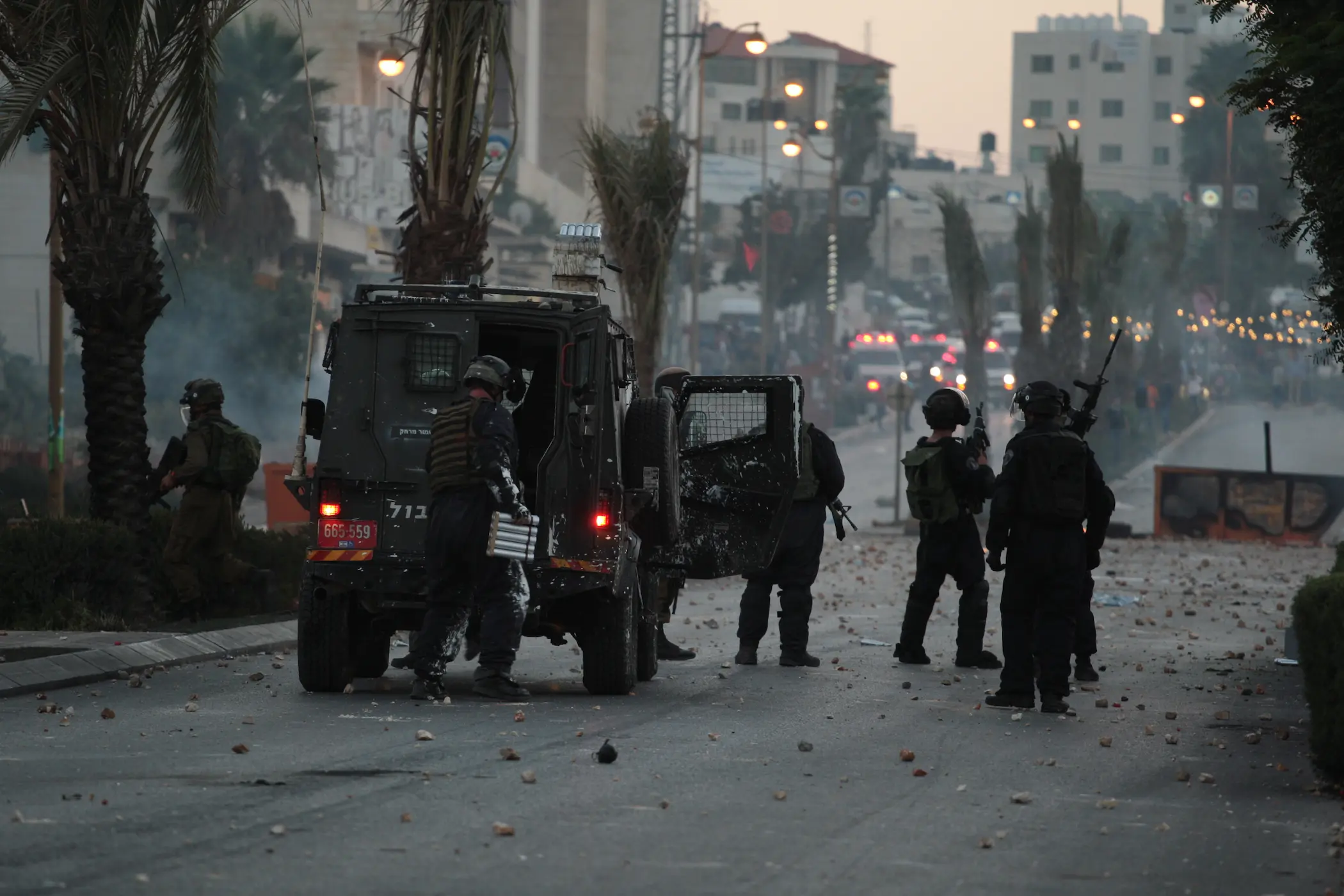



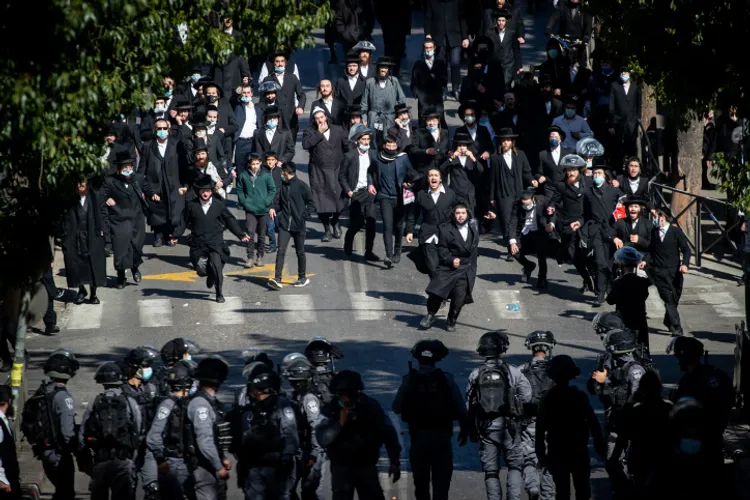
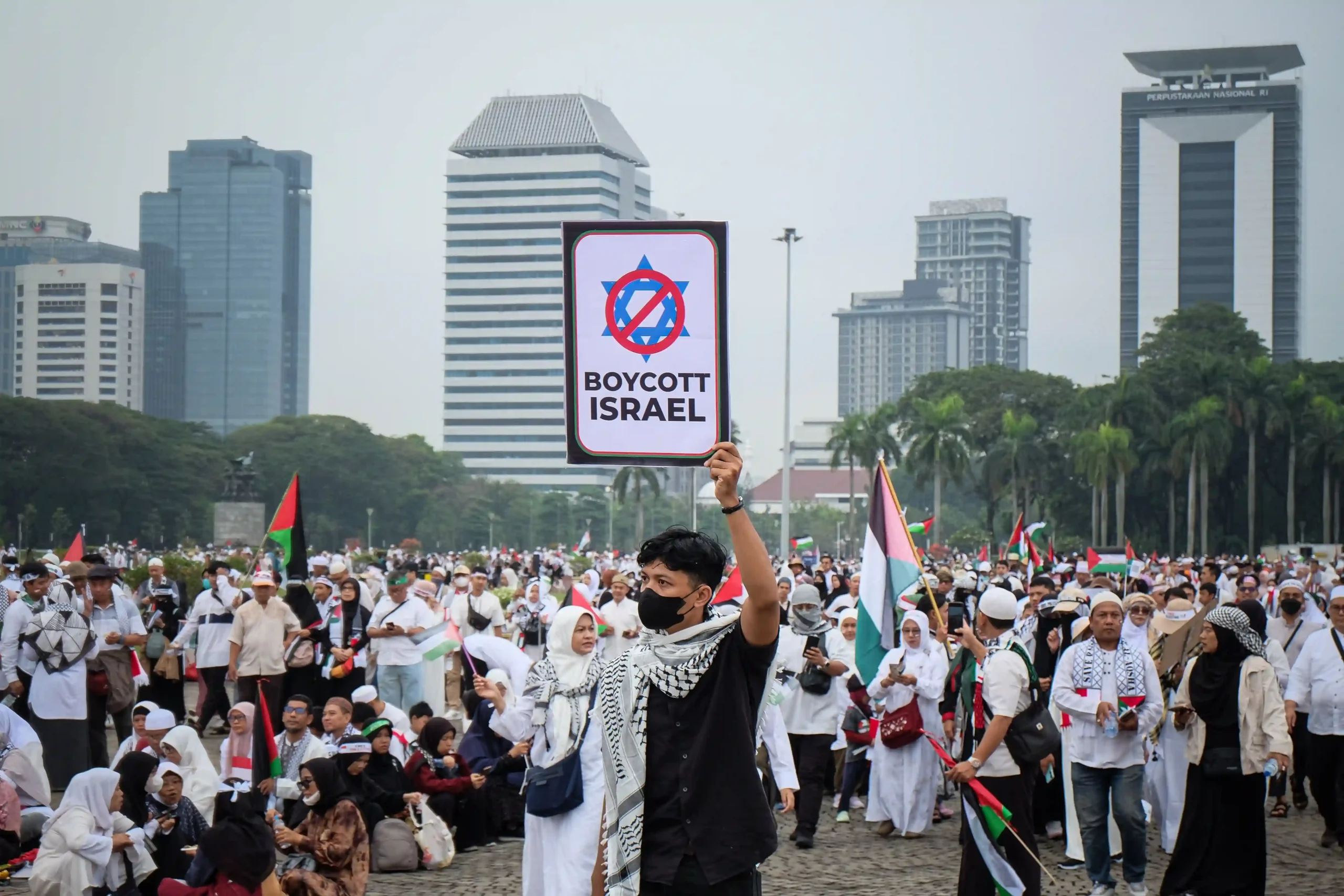
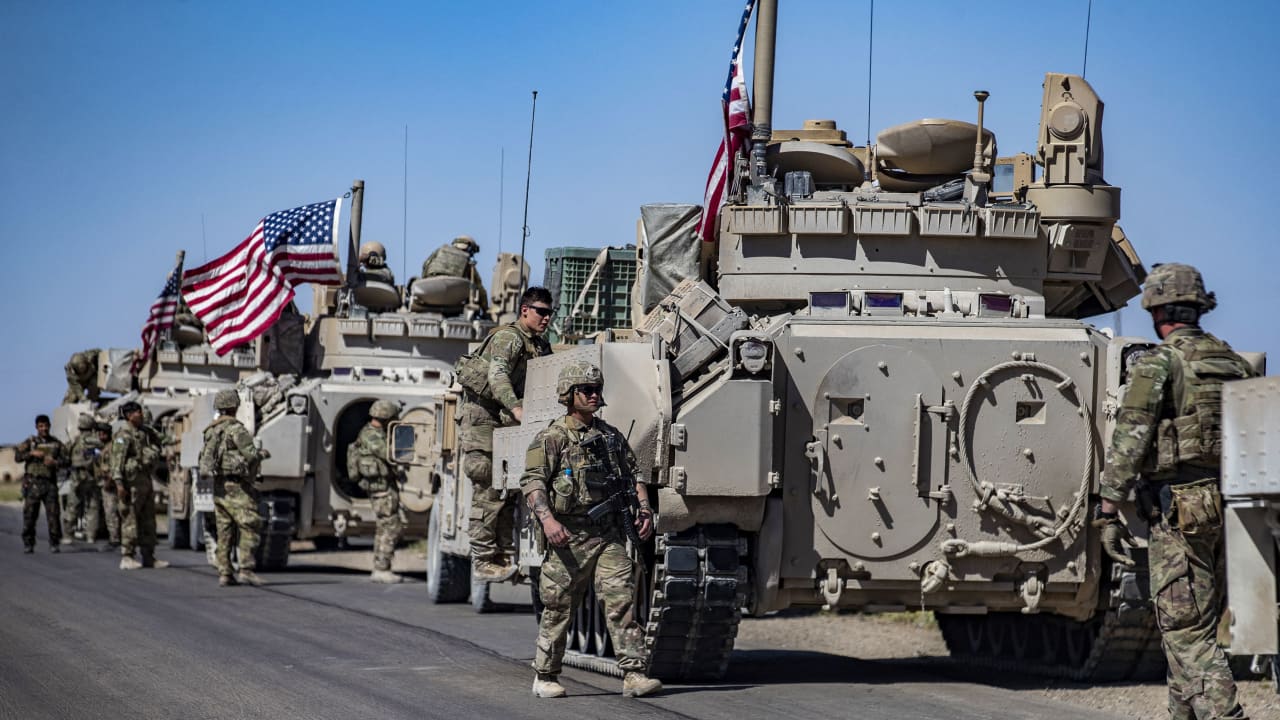
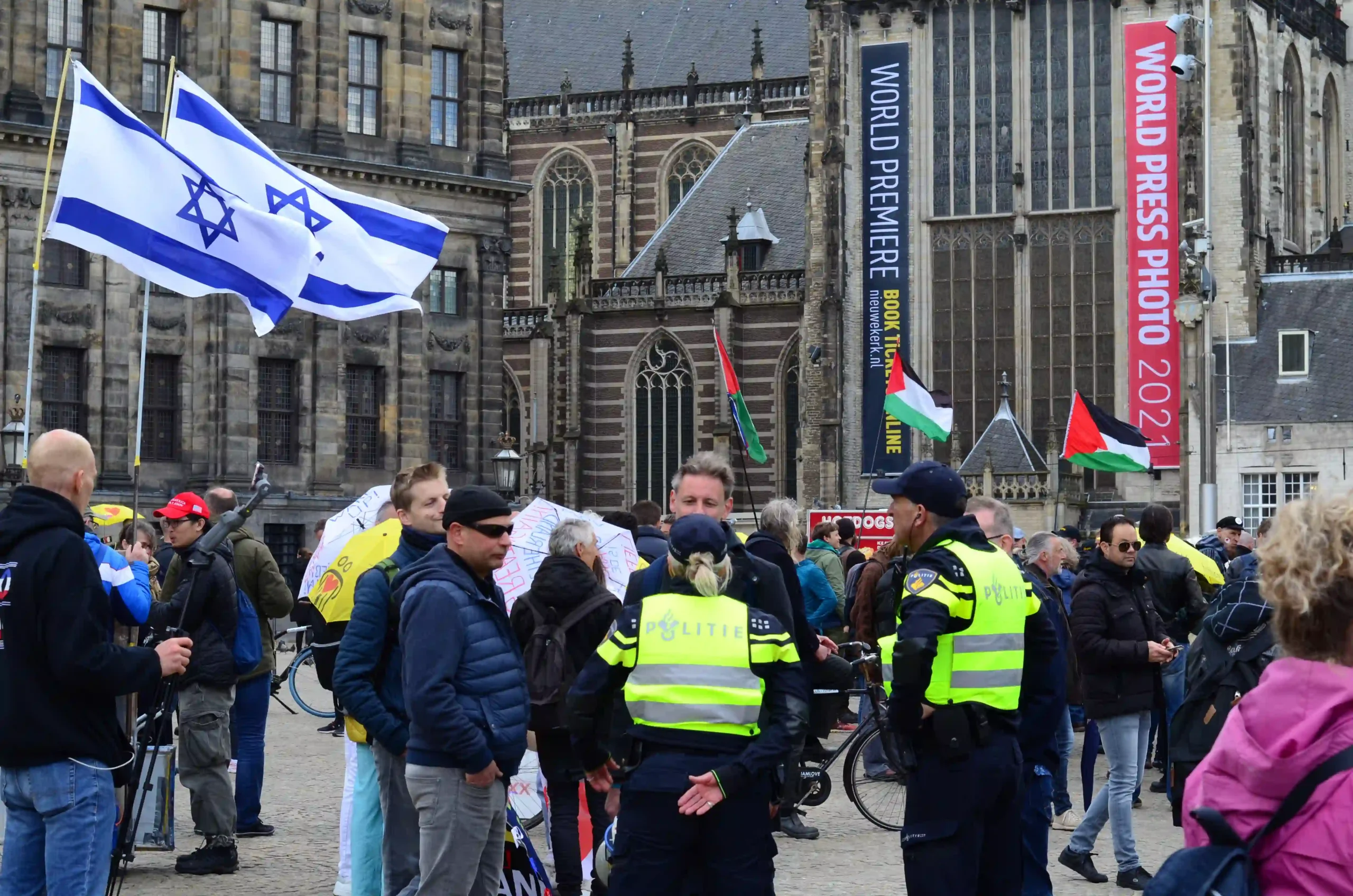
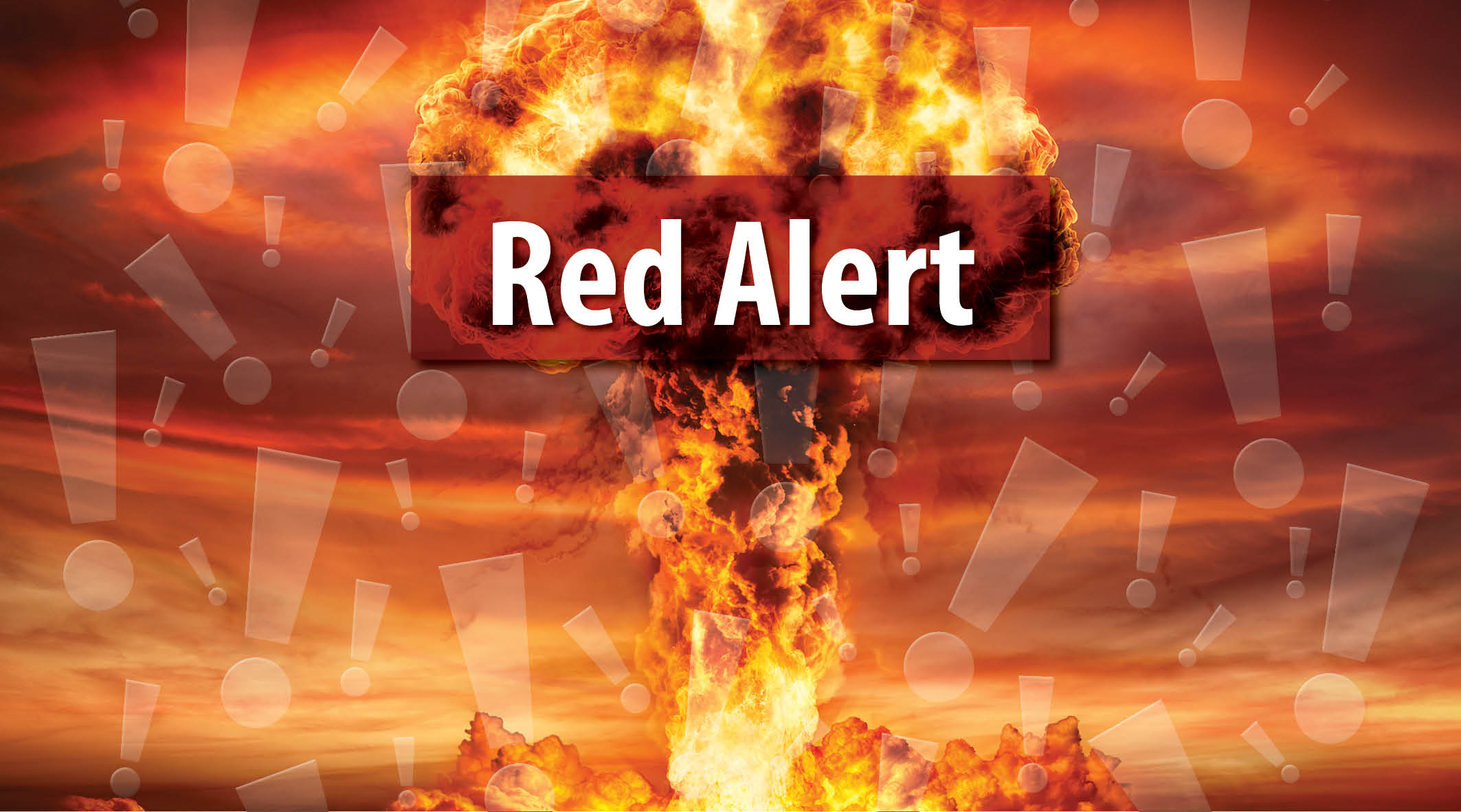
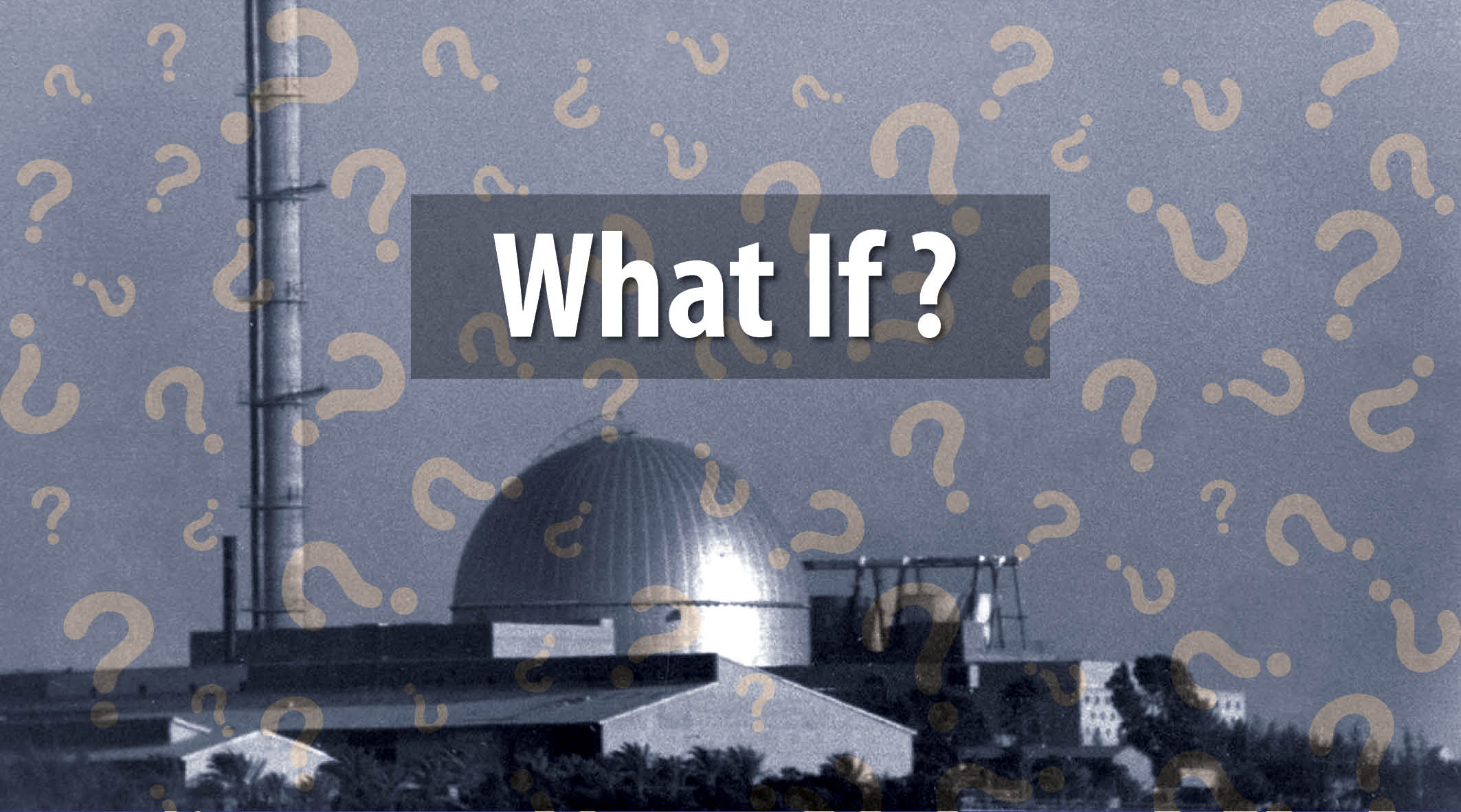
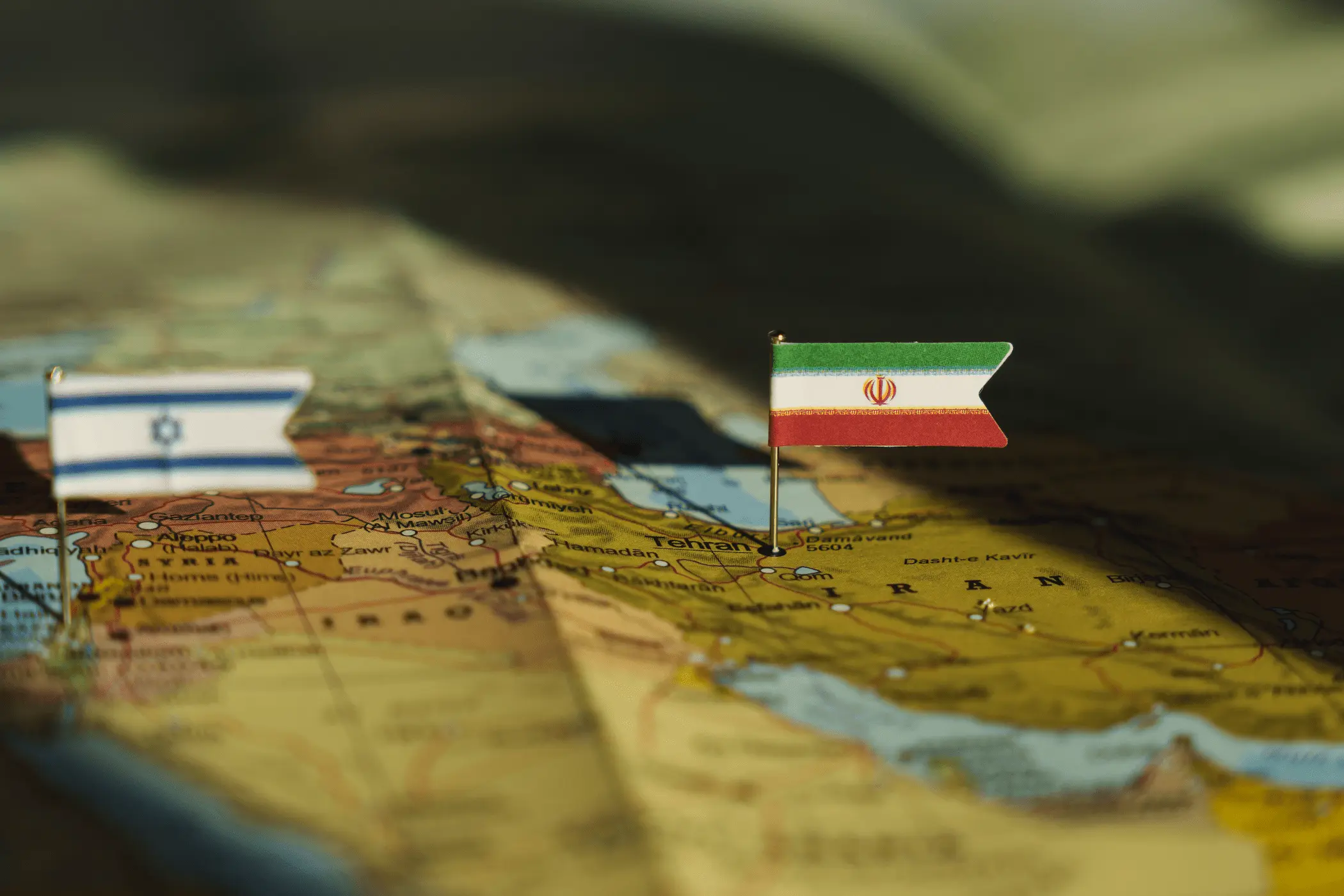
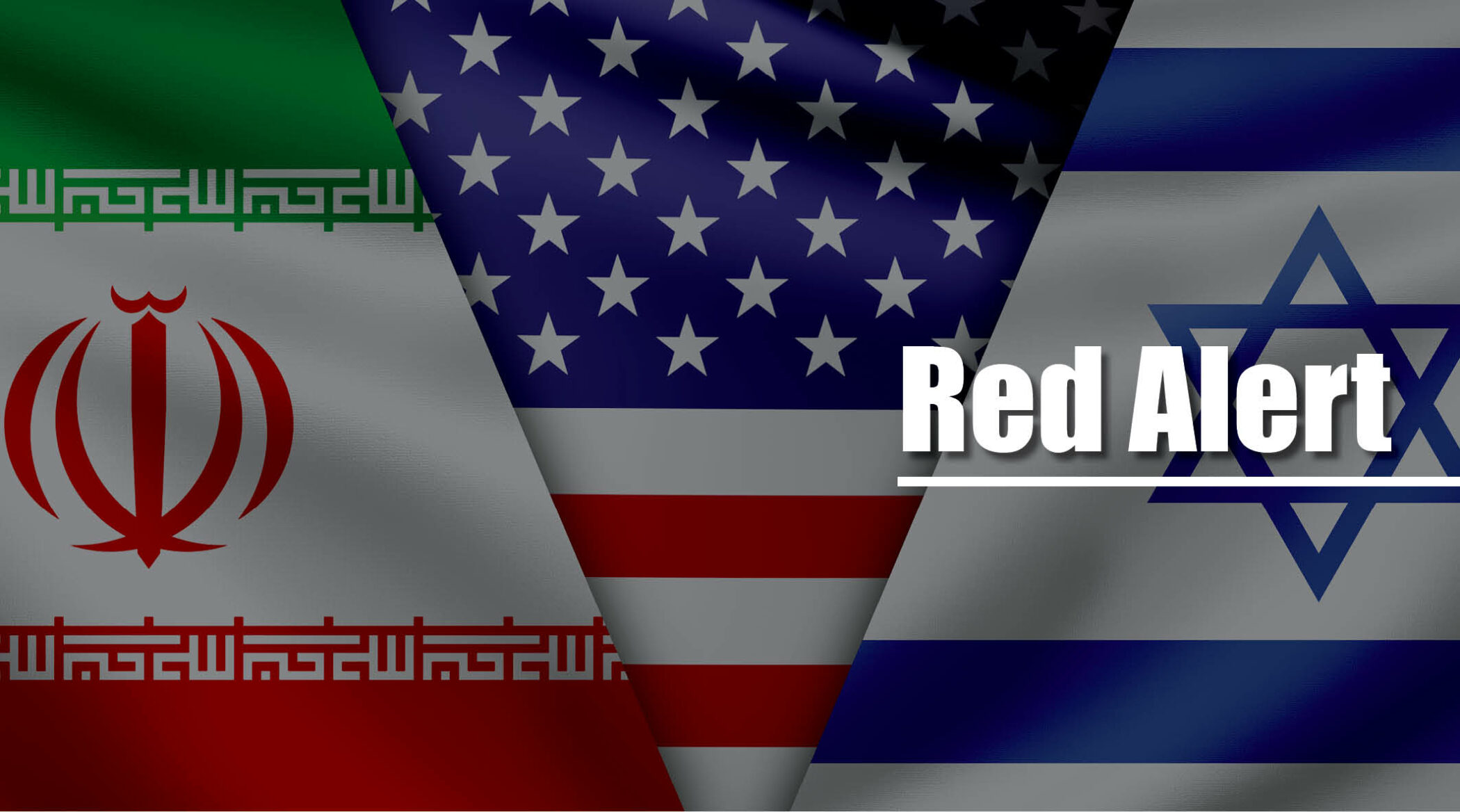
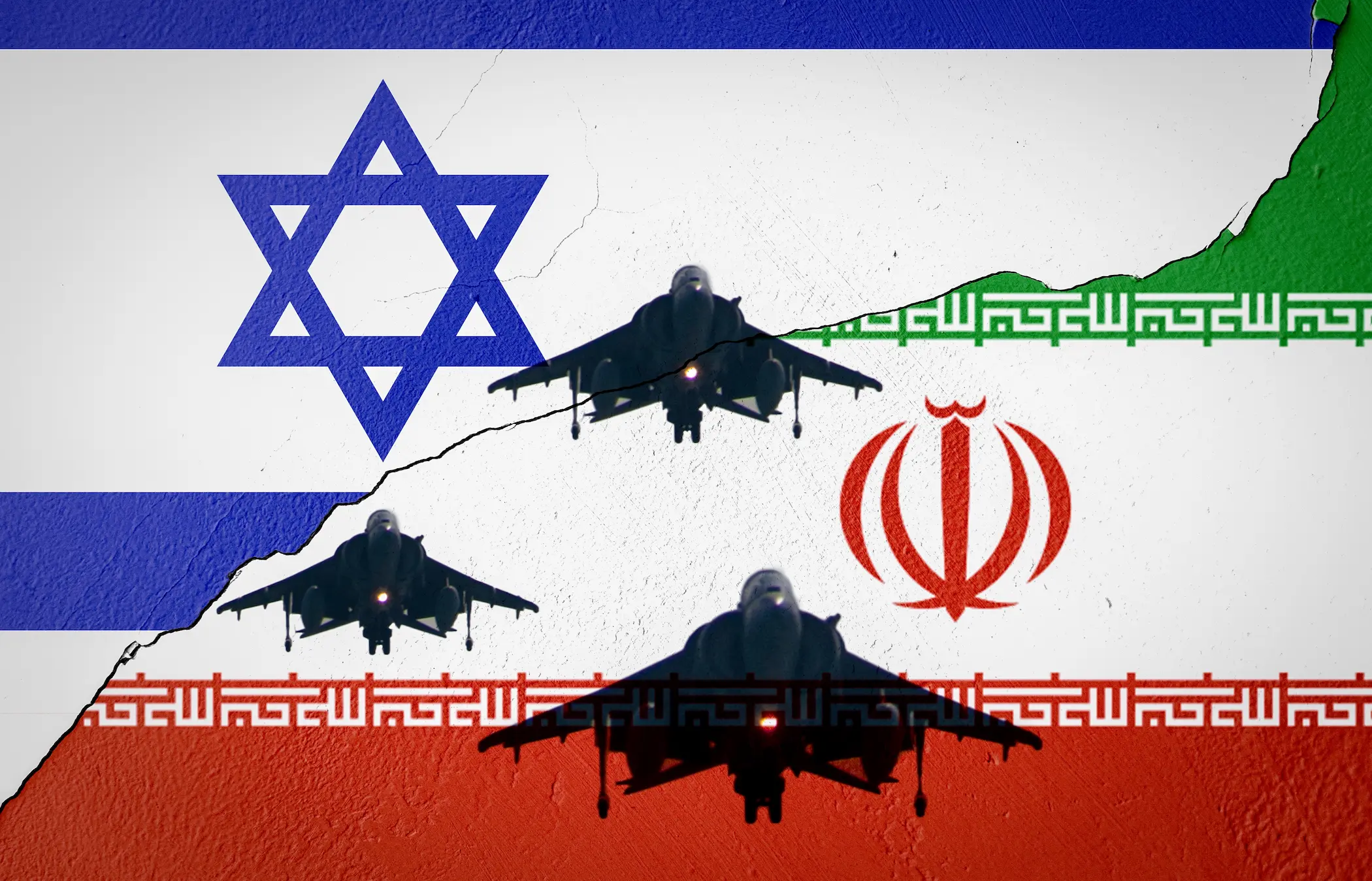

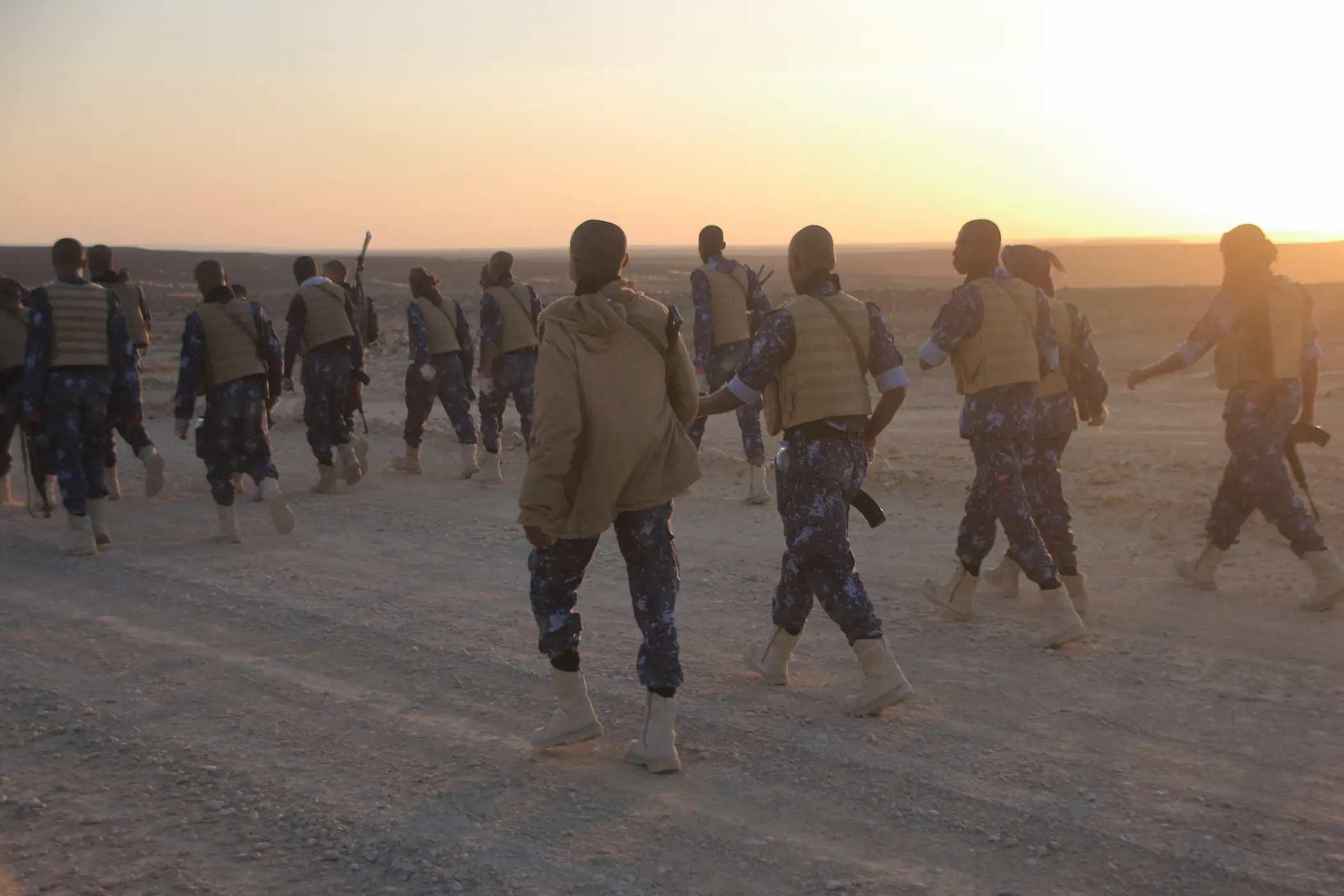
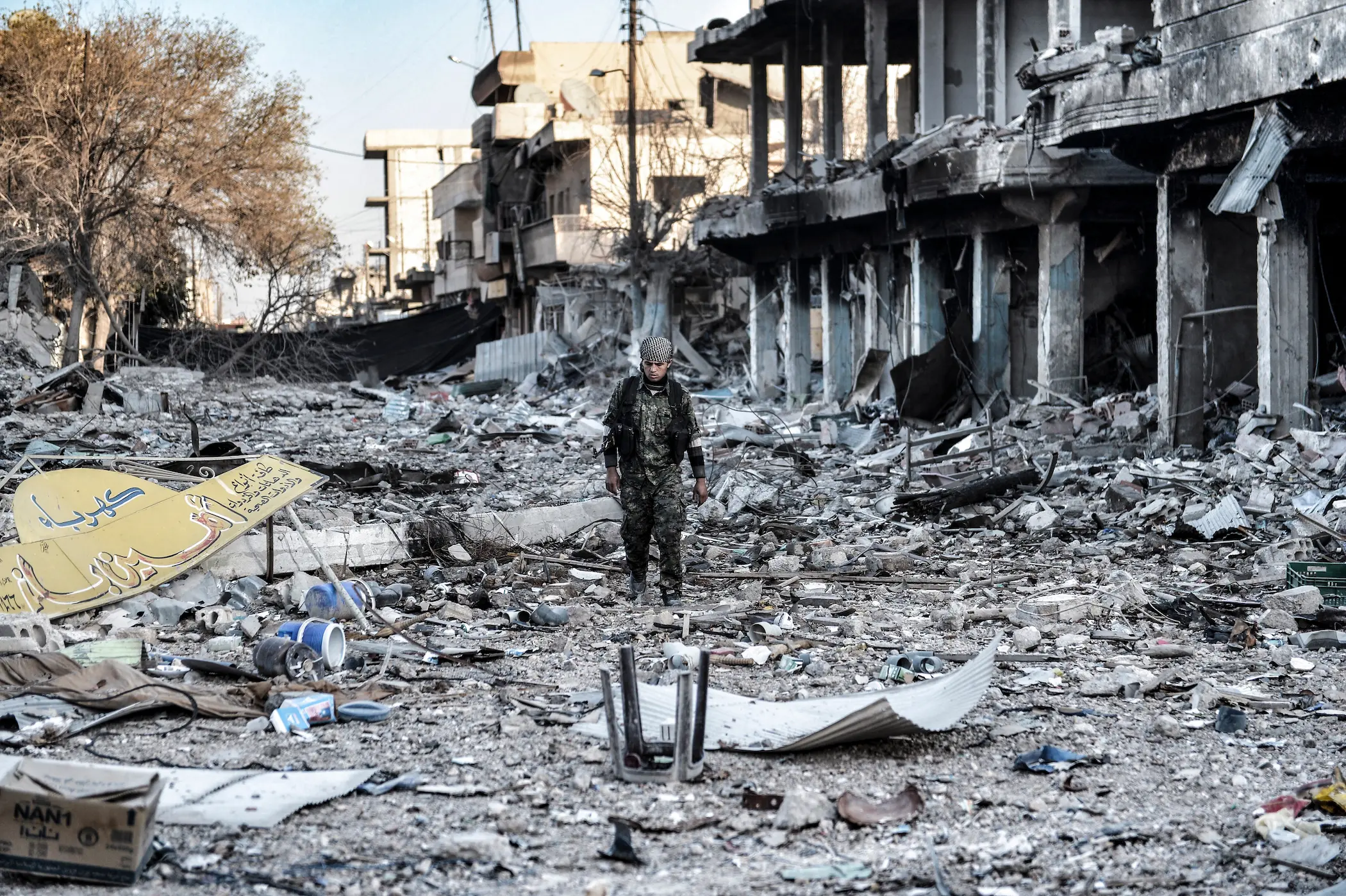
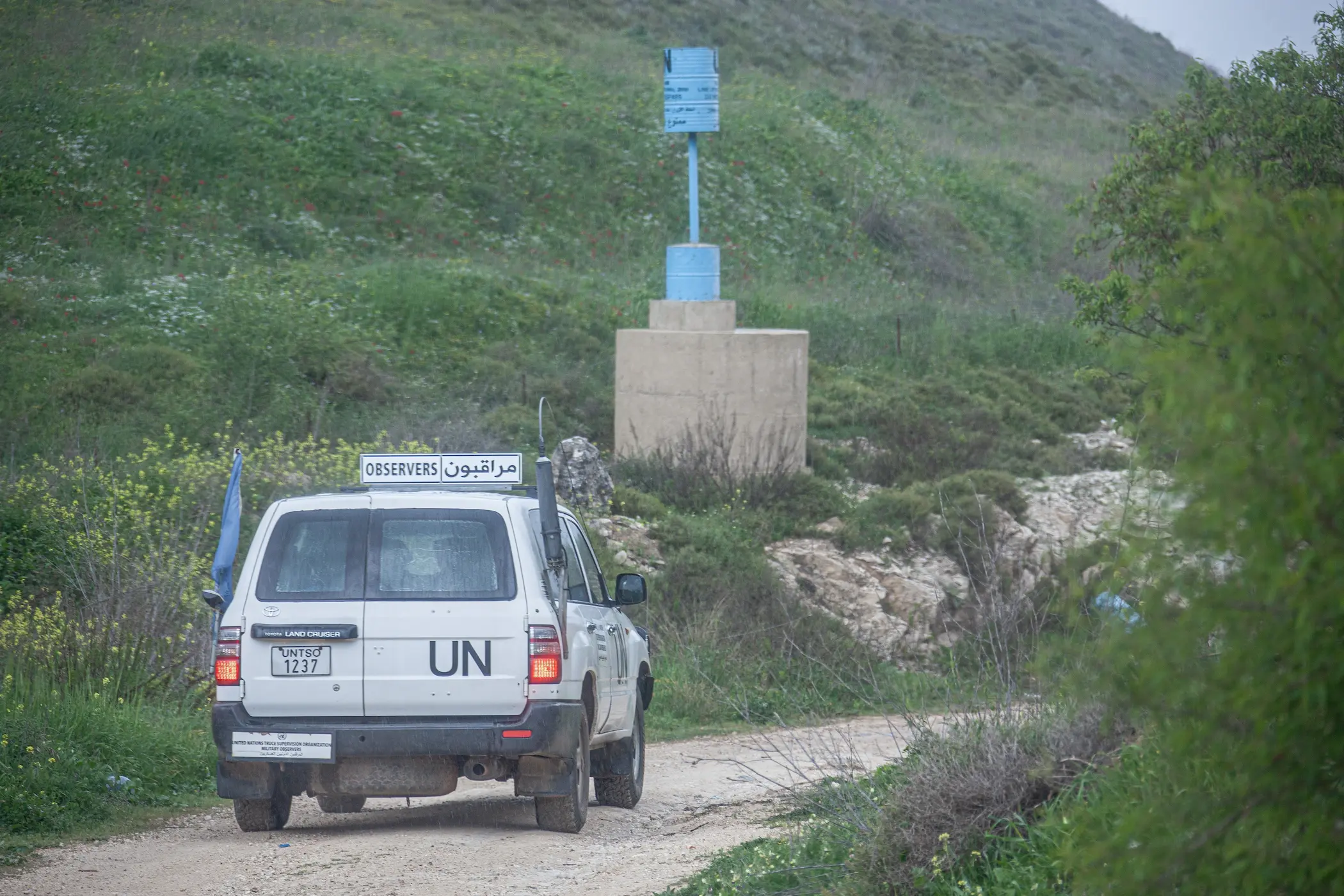
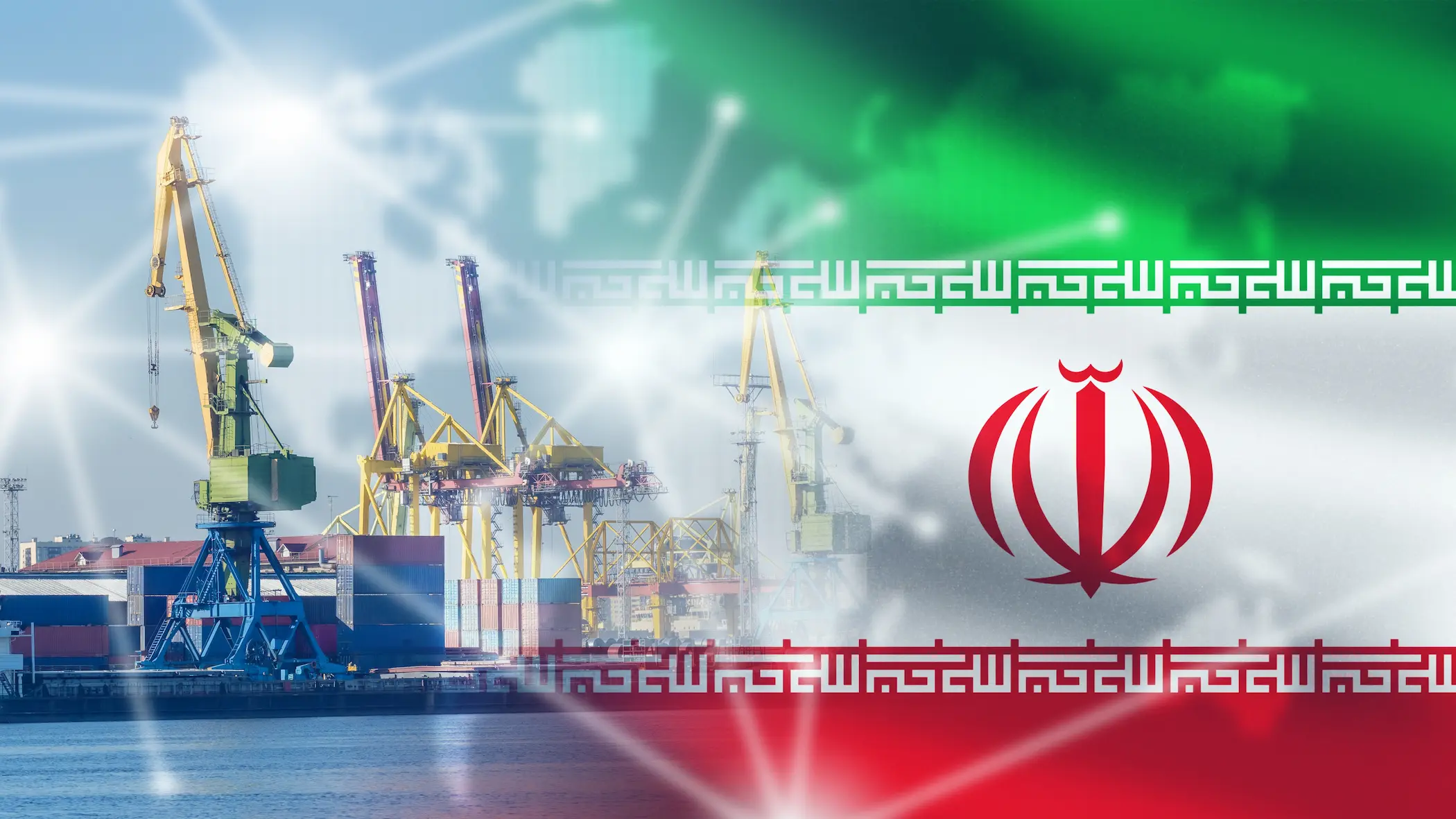


Comments